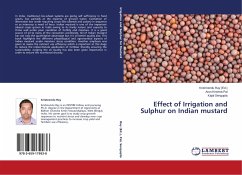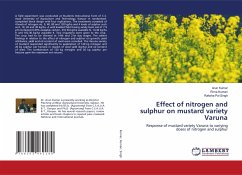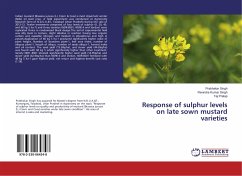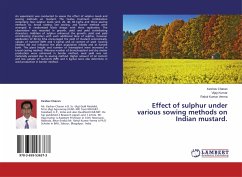In India, traditional rice-wheat systems are giving self sufficiency in food grains, but partially at the expense of ground water. Cultivation of alternative low water requiring crops (like oilseeds and pulses) in sequence or as intercrop is need of hour. Indian mustard is one of the important oilseed crops grown in India owing to its hardy nature and capacity to thrive well under poor condition of fertility and moisture. It is a good source of oil to many of the consumers worldwide. Oil of Indian mustard has not only the quantitative advantage but it is of better quality also. This book highlights the different physiological and agronomical aspects of Indian mustard under moisture stress condition. Another emphasis was given to assess the nutrient use efficiency which is important at this stage to reduce the indiscriminate application of fertilizer thereby ensuring the sustainability. Judging the oil quality has also been given importance in order to ensure the nutritional security.
Bitte wählen Sie Ihr Anliegen aus.
Rechnungen
Retourenschein anfordern
Bestellstatus
Storno








![Sulphur Pools in Long Term Field Experiment [LTFE] Sulphur Pools in Long Term Field Experiment [LTFE]](https://bilder.buecher.de/produkte/63/63981/63981294n.jpg)